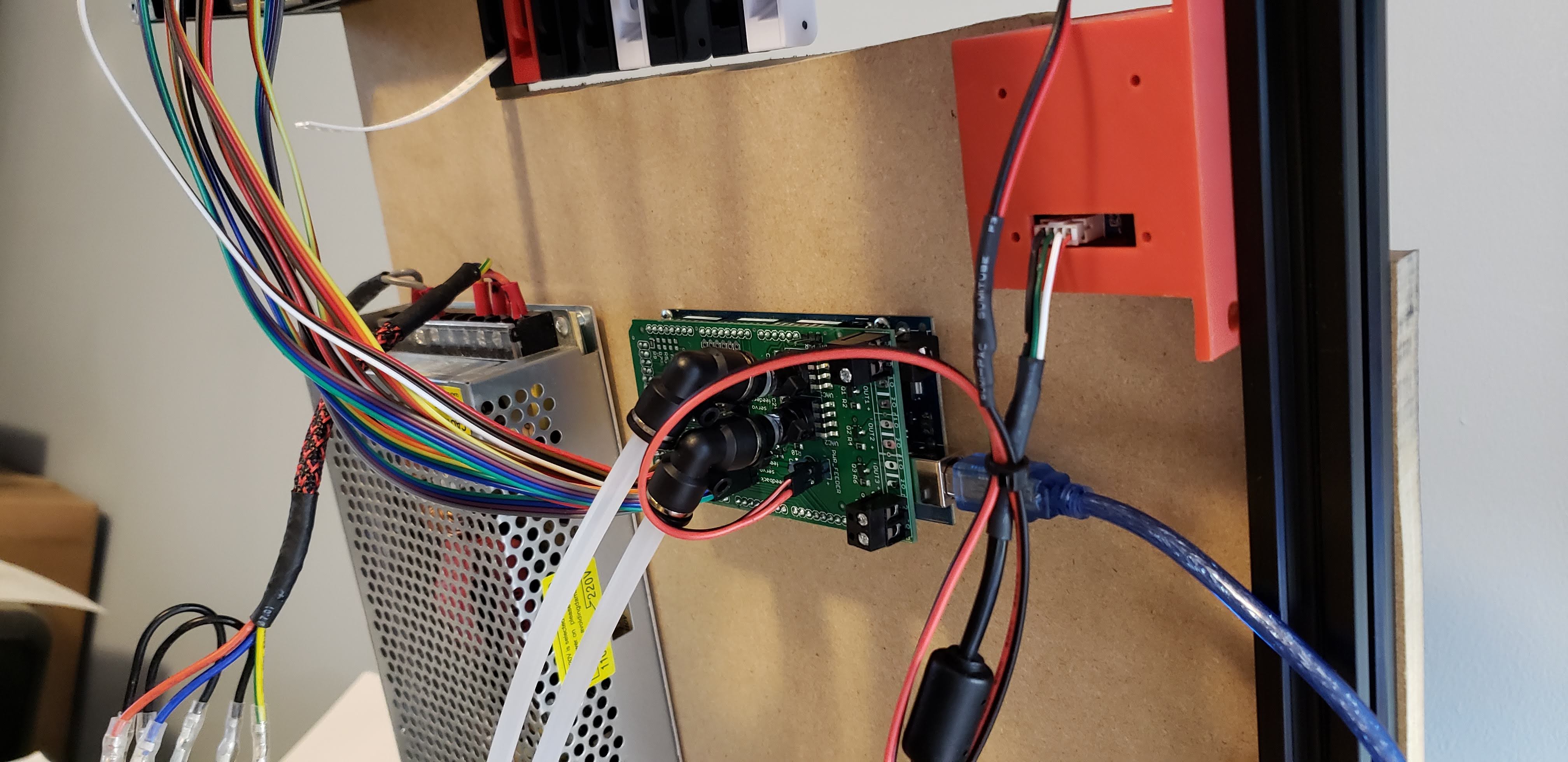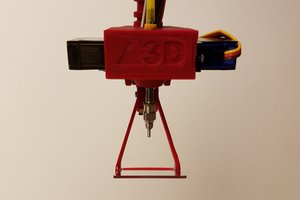This PNP build pulls ideas from many different machines that came before this one. I used the OpenPnp Openbuilds as a starting point. I wanted to have a usable machine without spending thousands, while being able to add things (like auto feeders, and a nozzle changer) as needed.
Pick and place machine - Smoothieboard/OpenPnp
A dual head PNP machine that uses Openbuilds hardware, a Smoothieboard controller, dual camera vision, automatic/drag feeders, and OpenPnp
 John
John
























 Alastair Young
Alastair Young
 Daren Schwenke
Daren Schwenke
 Quinn
Quinn
 N. Christopher Perry
N. Christopher Perry
Hi John, I saw from your YouTube video that you added some upgrades to this. Do you by chance have an updated BOM?